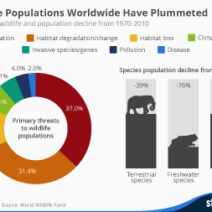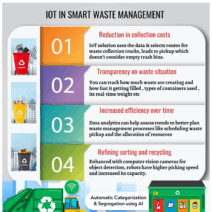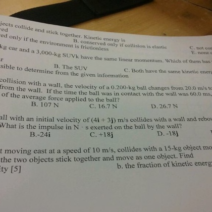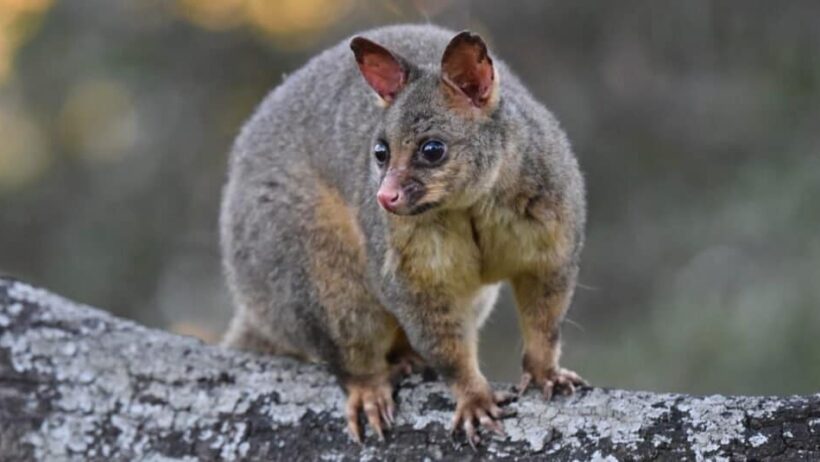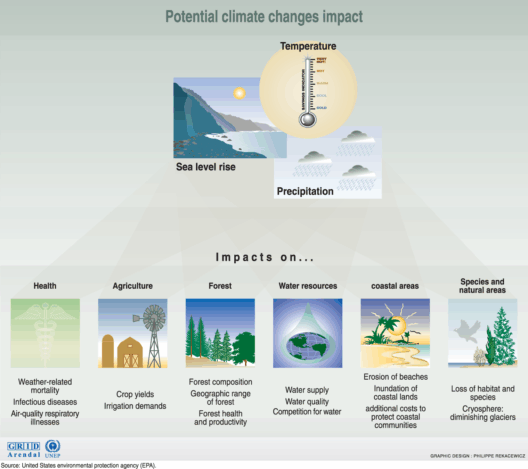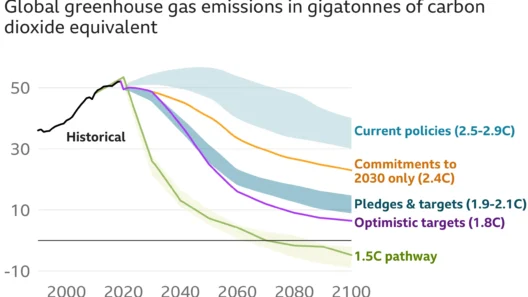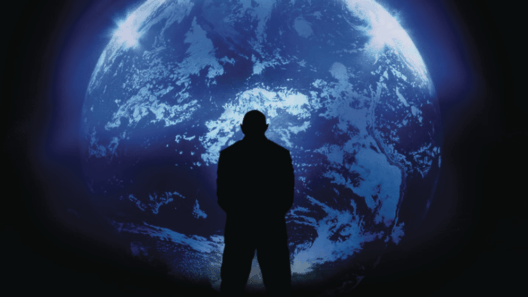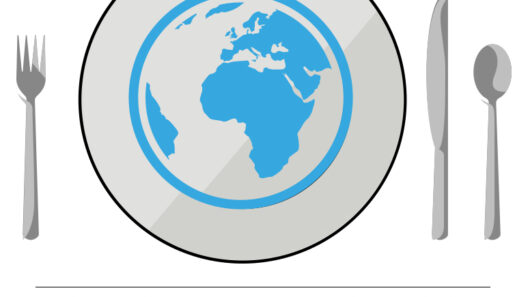The majestic possum, the playful sea otter, and the sleek seal are not just charming creatures of the animal kingdom; they are vital components of their respective ecosystems. However, these fascinating animals are facing unprecedented challenges as their natural habitats are shrinking and becoming increasingly inhospitable. The confluence of environmental pressures heralds a perturbing future—one that prompts us to reconsider our collective relationship with nature. Understanding the myriad of factors contributing to habitat loss is essential for fostering empathy and action.
One of the primary culprits in the degradation of habitats for possums, seals, and sea otters is climate change. The steady rise in global temperatures has far-reaching impacts on weather patterns, sea levels, and habitat viability. For instance, sea otters are highly dependent on kelp forests, which are critically affected by temperature shifts. Warmer waters promote the proliferation of sea urchins, whose unchecked consumption of kelp can lead to a drastic decline in these vital underwater forests, thus compromising the otters’ food sources. Meanwhile, seals are being pushed out of their breeding and resting sites as coastal areas succumb to rising sea levels.
On land, possums are contending with a different reality. Urbanization is rapidly encroaching on their natural habitats, leading to fragmented ecosystems that leave them vulnerable. Habitat fragmentation reduces genetic diversity and isolates populations, making it difficult for possums to find mates. Moreover, as urban areas expand, the once-verdant forested regions are replaced by concrete jungles, adversely impacting not just possums, but countless species dependent on a healthy ecosystem.
Pollution poses another insidious threat. Marine pollution, particularly in the form of plastic waste, is detrimental to seals and sea otters. These animals often ingest plastic debris mistaken for food, leading to severe health complications, including starvation and internal injuries. Furthermore, pollutants like heavy metals and chemicals infiltrate marine ecosystems, jeopardizing the entire food web. As apex predators, seals and otters are drastically affected by these toxins that accumulate through bio-magnification.
Similarly, terrestrial pollution influences possum habitats. Pesticides and herbicides used in agriculture seep into the soil and waterways, disrupting ecosystems. This chemical onslaught affects the insects and plants that possums rely on for sustenance. The ensuing decline in biodiversity leads to an imbalance that further exacerbates the opportunities for possums to forage and thrive.
In addition to pollution and climate change, illegal hunting and poaching pose significant threats to the survival of seals and sea otters. These activities, often motivated by demand for pelts or other body parts, decimate populations. Seals, once regarded as a bountiful resource, are now pursued relentlessly, leading to strict regulations that aim to curb such practices. Yet enforcement remains challenging, primarily due to insufficient resources and a general lack of awareness about the ecological ramifications of these actions. Without vigilance, the delicate balance of marine ecosystems continues to tip further toward collapse.
Interestingly, conservation efforts have been undertaken to mitigate these challenges. Marine protected areas (MPAs) have emerged as effective buffers against habitat loss, providing a sanctuary for seals and sea otters. By prohibiting activities like fishing and oil exploration in these regions, we allow ecosystems to replenish and rehabilitate over time. Studies have shown that when such measures are implemented effectively, populations can recover remarkably, illustrating the potential for renewal even amid adversity.
Along the same lines, organizations dedicated to wildlife conservation are working tirelessly to create awareness and engage communities in preservation efforts. Educational programs aimed at the intricacies of ecosystems can foster a greater appreciation for organisms that play pivotal roles within them. For instance, by advocating for the importance of kelp forests and their connection to sea otters, people may recognize the necessity of protecting these underwater gardens for generational sustainability.
However, simply establishing protection measures is not enough. There needs to be an overarching paradigm shift that incentivizes ecosystem stewardship, especially within communities most affected by habitat loss. Fostering sustainable agricultural practices, reducing pollution, and advocating for legislation that prioritizes ecological health are steps that must be taken collectively. Individuals must realize that their choices—ranging from consumer habits to lifestyle decisions—can have substantial impacts on wildlife habitats.
As we ponder the plight of the possum, sea otter, and seal, it is critical to recognize that these animals are not isolated entities. They are intertwined with complex ecosystems that mirror our own lives and depend on our choices. The existential crisis they face invites introspection and action from humanity. If we remain in passive observance, the loss of these magnificent creatures will serve as a harbinger of our own demise—remnants of nature’s grandeur swallowed by the abyss of human negligence.
Solutions are feasible, yet they hinge on a collective will to alter entrenched patterns. To protect possums, seals, and sea otters, there is a necessity for science-based conservation policies, a commitment to reducing carbon footprints, and a dedication to preserving biodiversity. In doing so, we not only safeguard these animals but also enhance our planetary health and solidify the future for succeeding generations.
